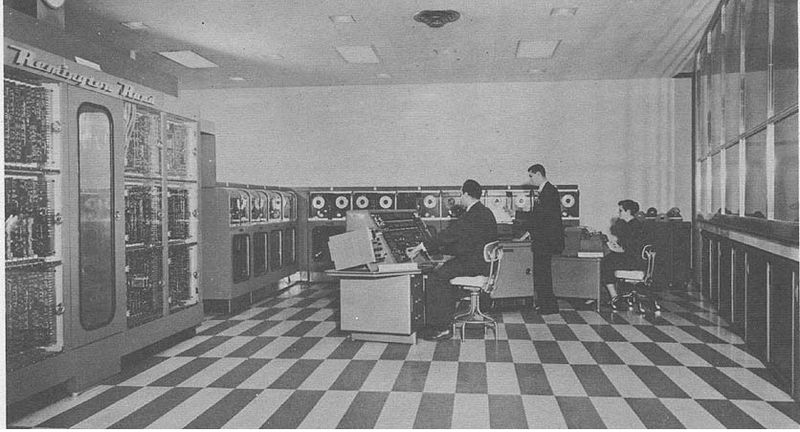 The U.S. Census Bureau has released an infographic in honor of Independence Day. The interesting part from a Silicon Valley perspective? The technology used to collect and analyze the data.
The U.S. Census Bureau has released an infographic in honor of Independence Day. The interesting part from a Silicon Valley perspective? The technology used to collect and analyze the data.
The first census was taken in 1790 with paper and pencil, of course, and was primarily intended to determine the number of military-age men in a country with only 3.9 million people.
Exactly 100 years later in 1890, technology came to the aid of over-worked tabulators as a Census employee, Herman Hollerith, invented a punch-card based calculation system. Interestingly, he later founded the Tabulating Machine Company that 20 years later would become the basis of IBM.
1950 brought Census into the digital age as the Bureau bought the very first UNIVAC I, which weighed 16,000 pounds and used 5000 vacuum tubes. That miracle of modern miniaturization could perform just over 1,900 instructions per second. The CPU alone took up about 12 feet by 6 feet by 6 feet, and ran at a blazing 2.25 MHz speed … 1,300 times slower than the CPU inside a cheap modern computer.
In 1980, Census data became available on electronic files, delivered via CD-ROM, and today, of course, the data is available at census.gov, and the U.S. population is updated every few seconds. (When I checked, it was 313,872,172.)
No data yet, however, on when Census data will be collected via the web.
Here’s the full infographic:
Image credit: Wikipedia
VentureBeat's mission is to be a digital town square for technical decision-makers to gain knowledge about transformative enterprise technology and transact. Learn More


